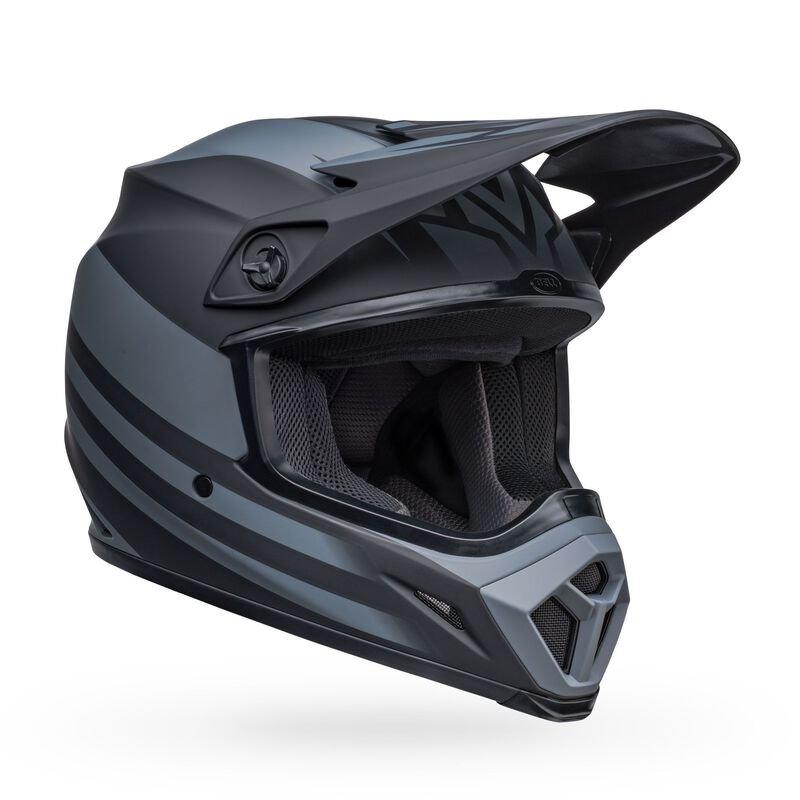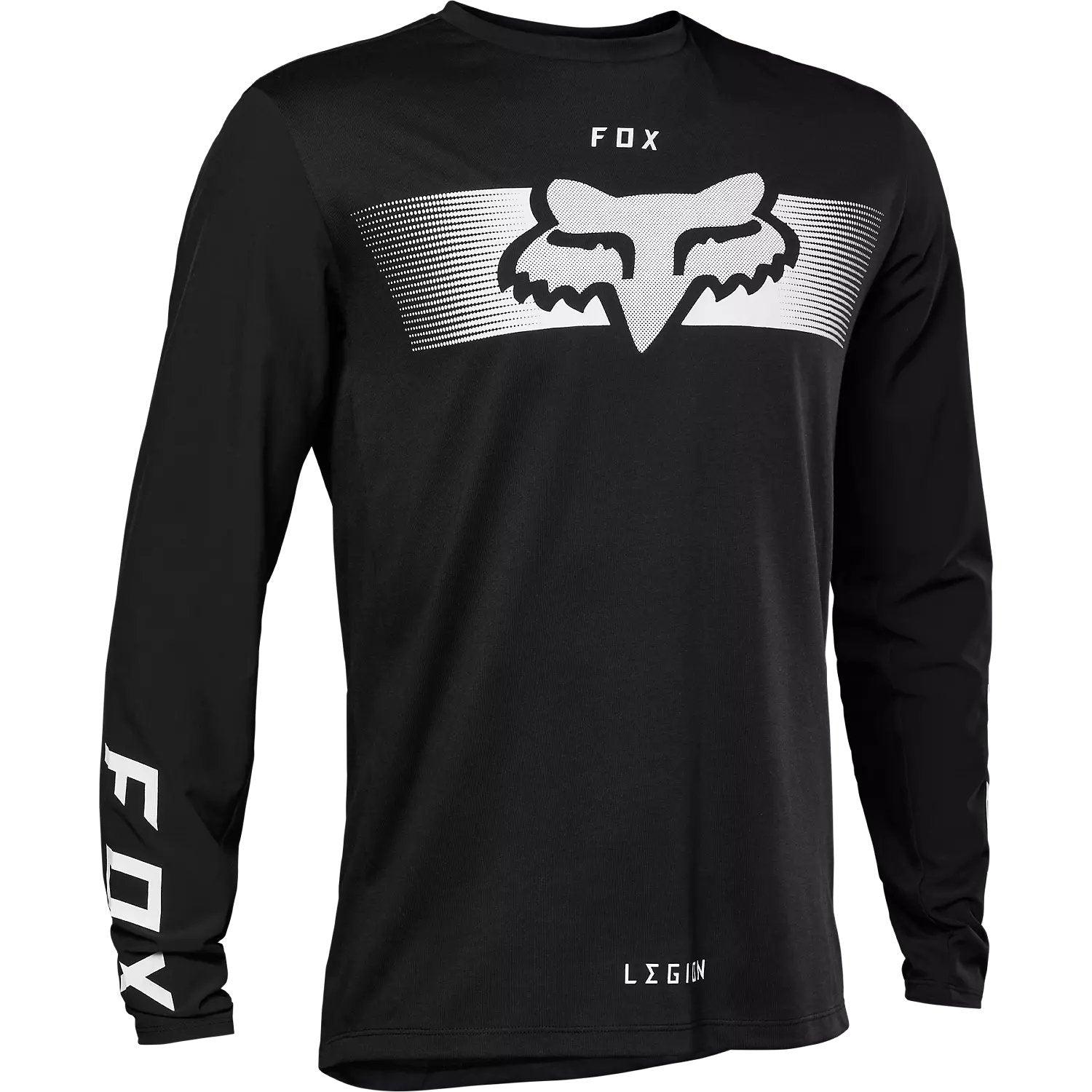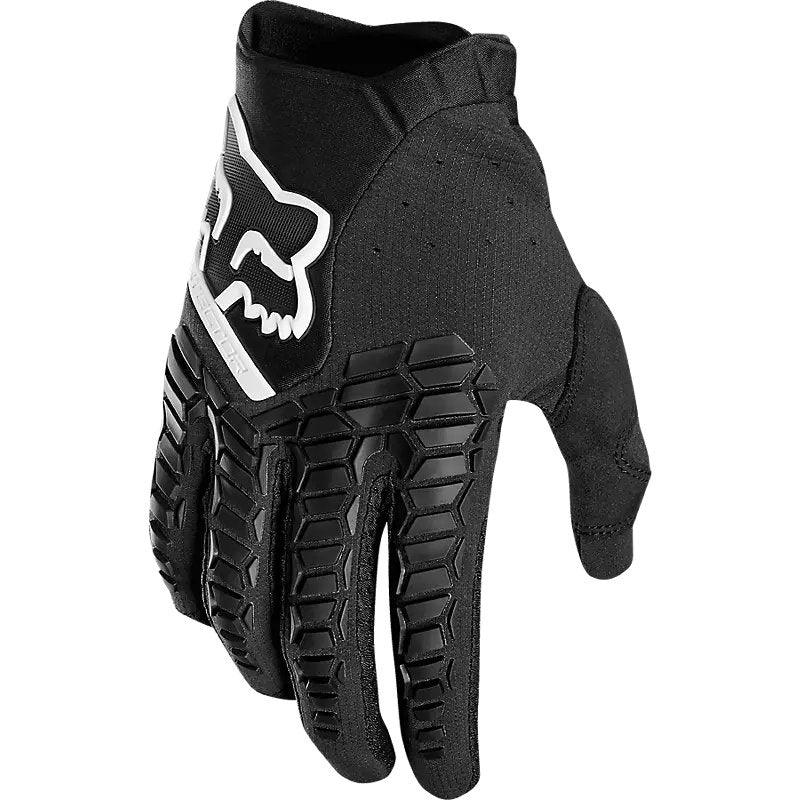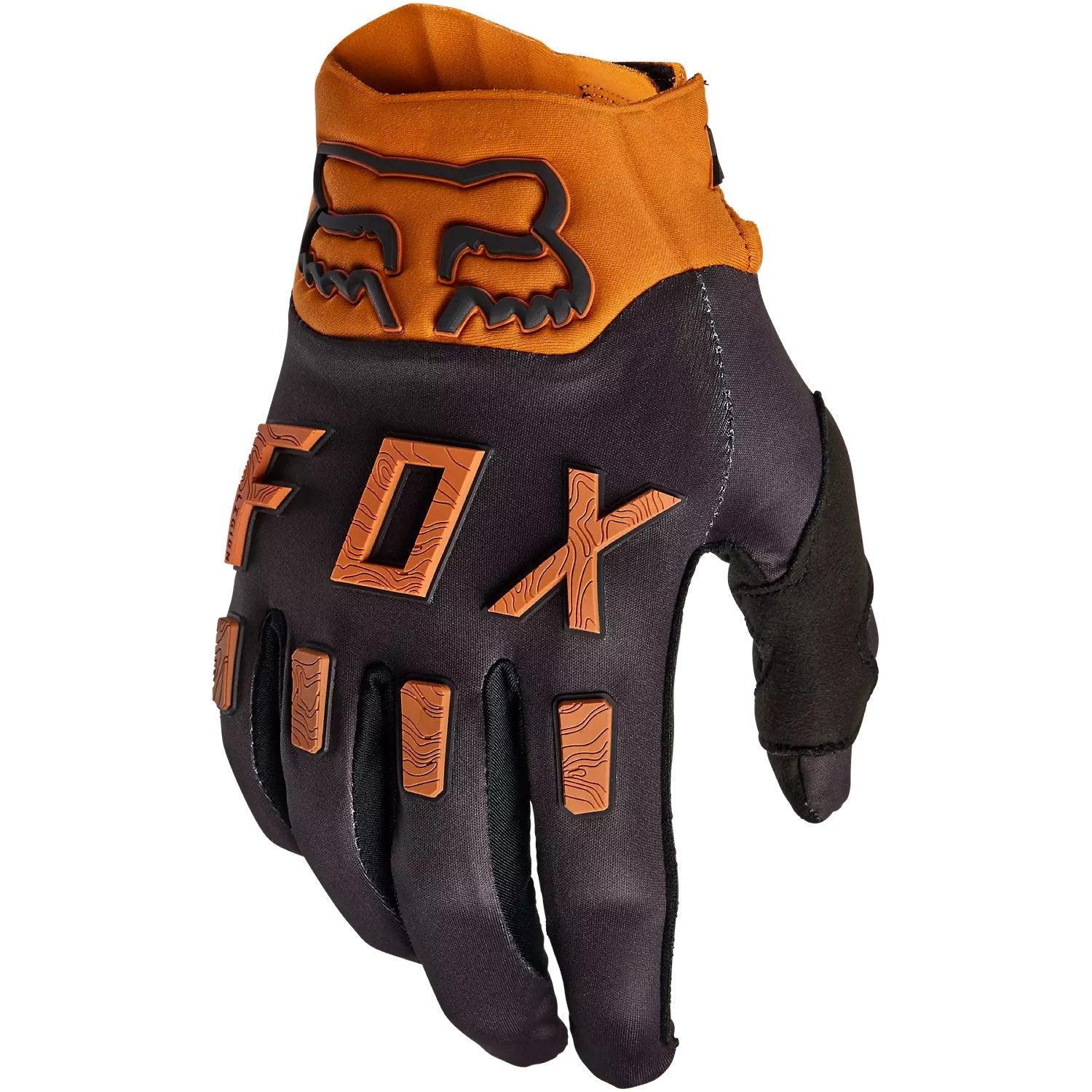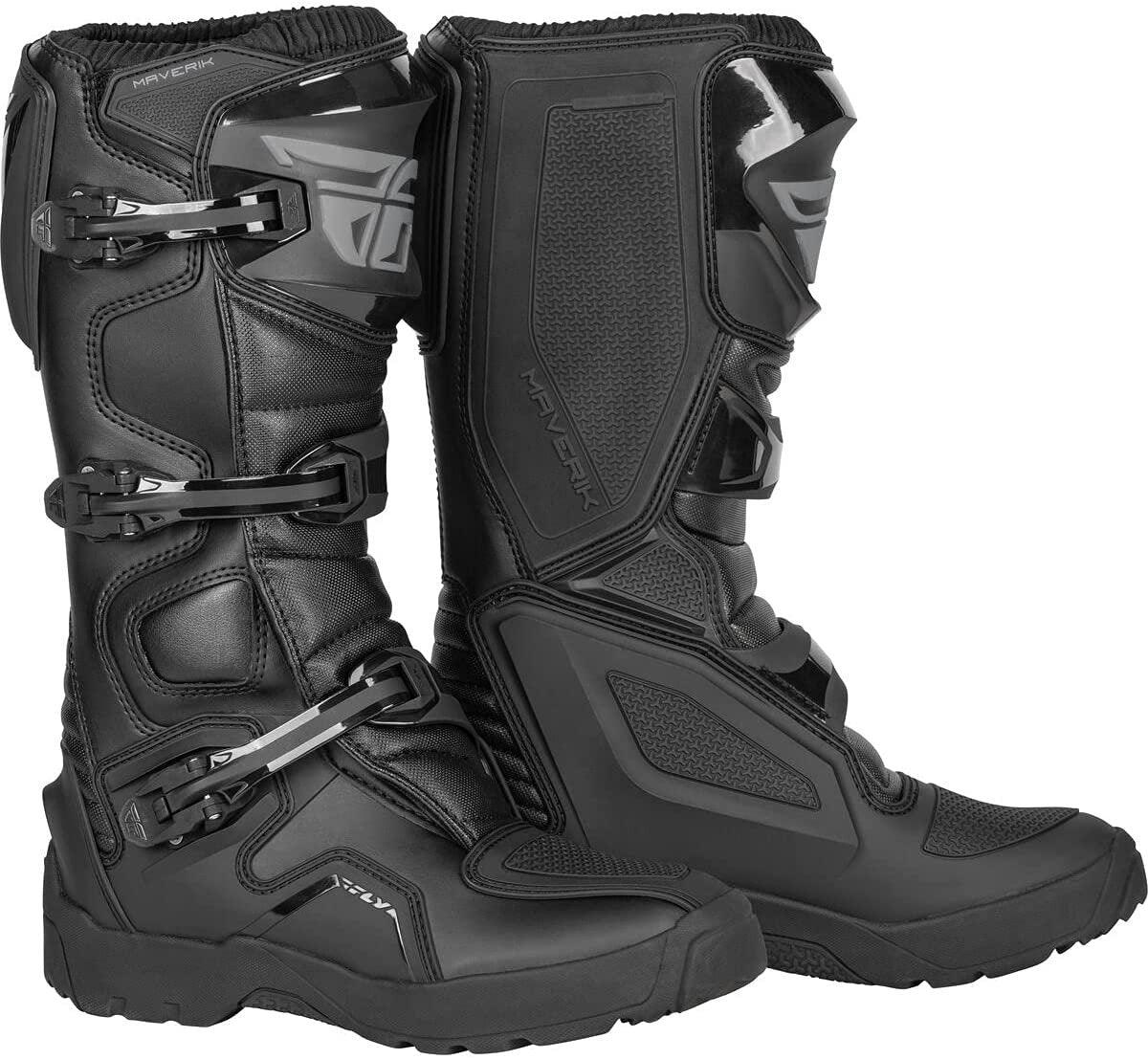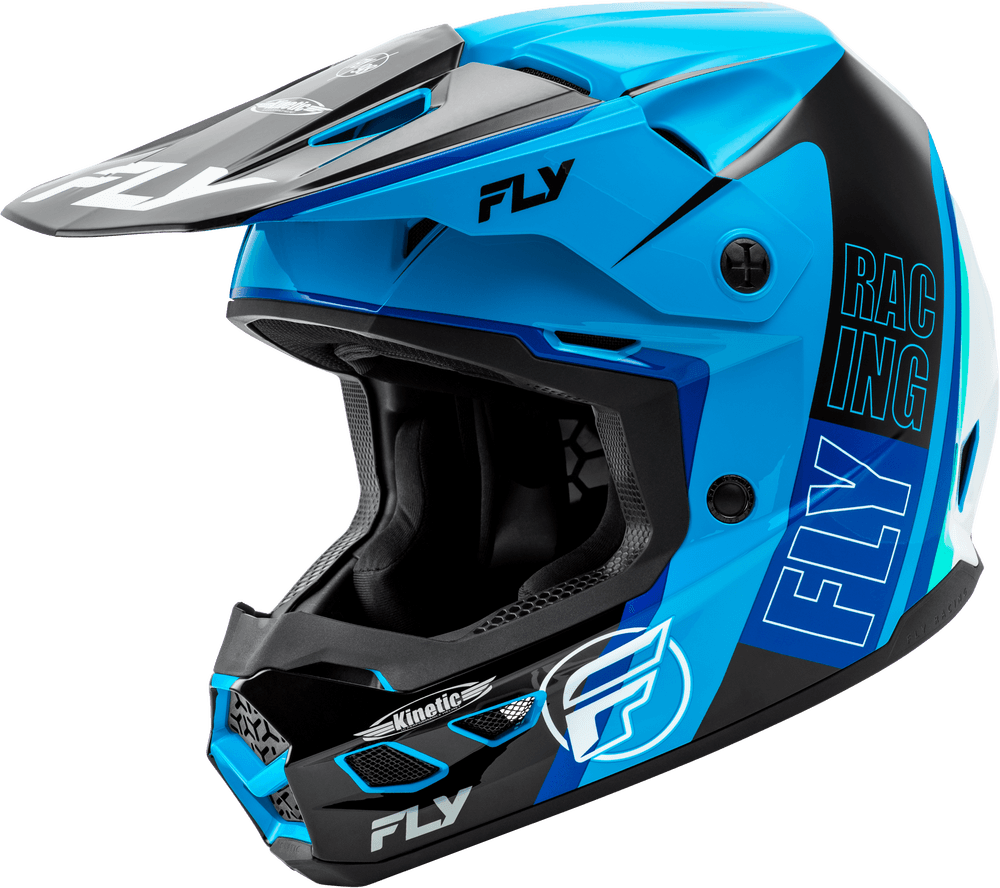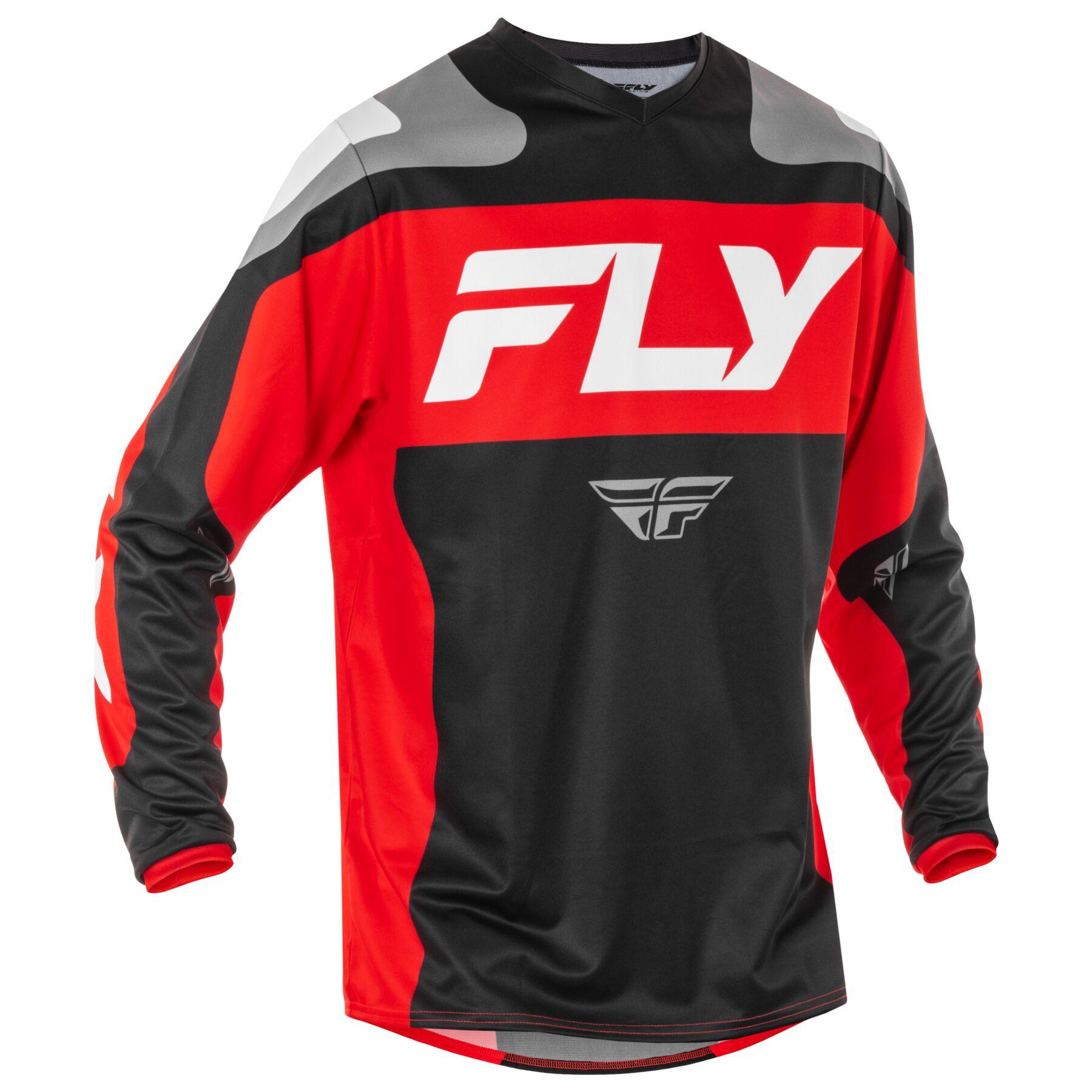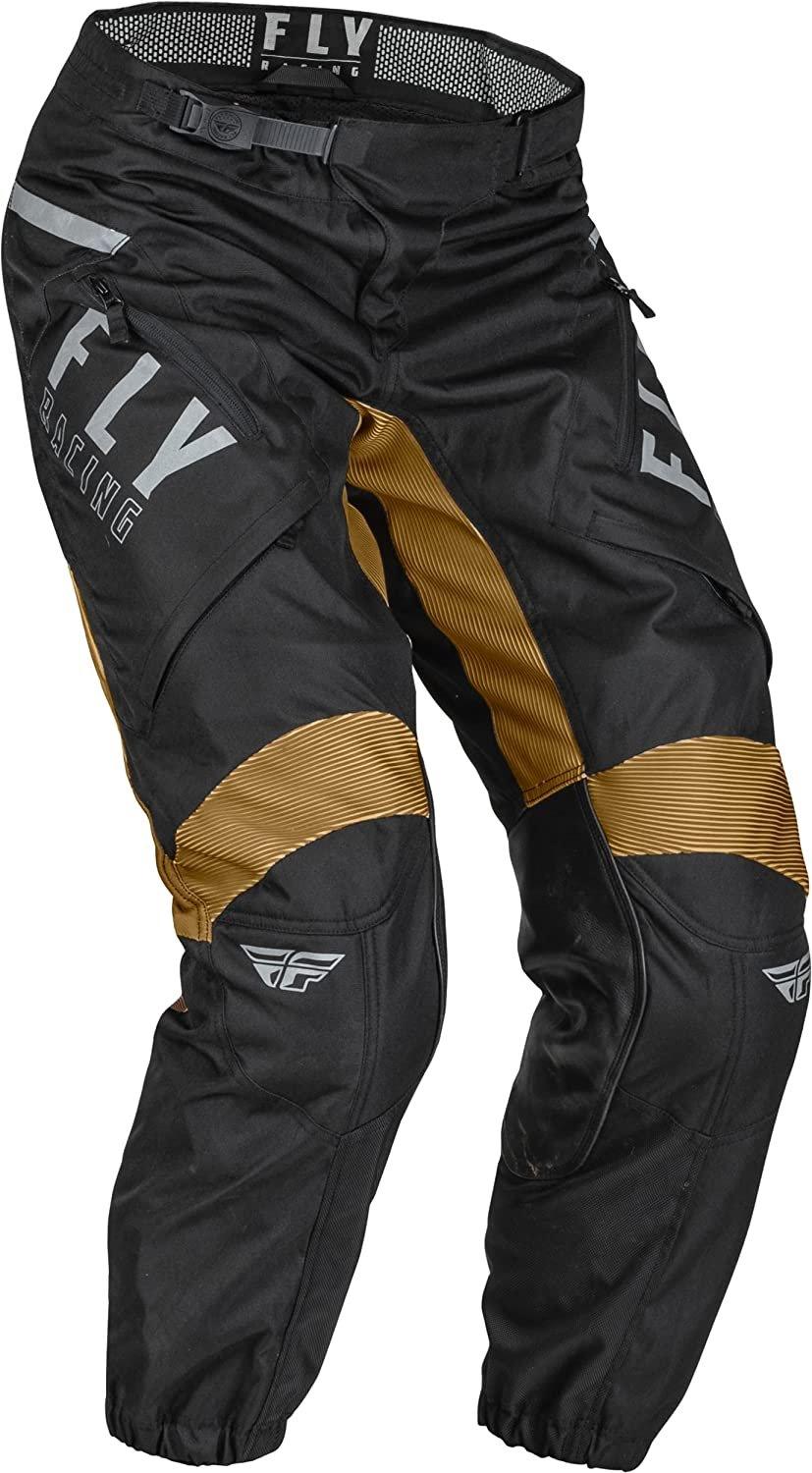KTM: Ready to Race
2023 marked a special milestone—70 years since the official founding of KTM, short for ‘Kronreif & Trunkenpolz Mattighofen’. But the story actually began long before that. Back in 1934, Hans Trunkenpolz opened a small fitter’s shop in the guest house Zum Schwarzen Adler in the quiet Austrian town of Mattighofen. What started as a humble garage for motorcycle and car repairs quickly grew. Just two years later, Trunkenpolz earned his certification as a machinist and motor vehicle technician. By the time WWII rolled around, his workshop had become one of the largest in the region. Interestingly, from 1948 to 1953, the company operated under the name ‘Moser & Co.’ due to legal reasons—another chapter in the journey that eventually led to the KTM we know today.

After the war and into the 1950s, things started to slow down—repair orders dropped, and Hans Trunkenpolz had to pivot. He shifted focus to producing industrial spare parts while constantly exploring new opportunities. Around that time, building motorcycles began to look like a smart move. Mobility was limited, and people were eager for affordable ways to get around—motorcycles fit the bill perfectly.
As Trunkenpolz began turning his vision into reality, he was still on the hunt for a memorable brand name. Interestingly, there’s no official explanation behind the KTM name—which only adds to its mystique. According to both the family and the official company history, KTM stands for Kronreif & Trunkenpolz Mattighofen, with the name evolving from Kraftfahrzeuge Trunkenpolz Mattighofen after Ernst Kronreif came on board as a business partner in the mid-1950s. But there’s another theory: some believe KTM represents the initials of Kussin, Trunkenpolz, and Moser. Ernst Kussin, a racer and sales director at HMW (an Austrian motorcycle brand), often crossed paths with Trunkenpolz at motorsport events and played a role in developing the iconic R100 model. It was Kussin who introduced Trunkenpolz to the head of Rotax—Austria’s only other engine manufacturer aside from Puch at the time—which may explain the ‘Moser’ part of the name. Whether fact or folklore, it’s a fascinating glimpse into the origins of an iconic brand.
KTM’s logo is bold, simple, and unmistakably black—except in special cases like monochrome settings, KTM PowerWear, race graphics, or model names, where orange or white is used.
“It’s the simplicity, consistency, and boldness that have made it so effective,” says a Senior Brand Manager at MotoGP™. “For over twenty years, it’s embodied KTM’s core values.”
Looking ahead, there’s room to adapt it for digital use, but its strength lies in how closely it’s tied to adventure and performance. And with the bold use of orange, KTM has made the color its own—when you see orange in the industry, you think of KTM. No other brand can say the same.

